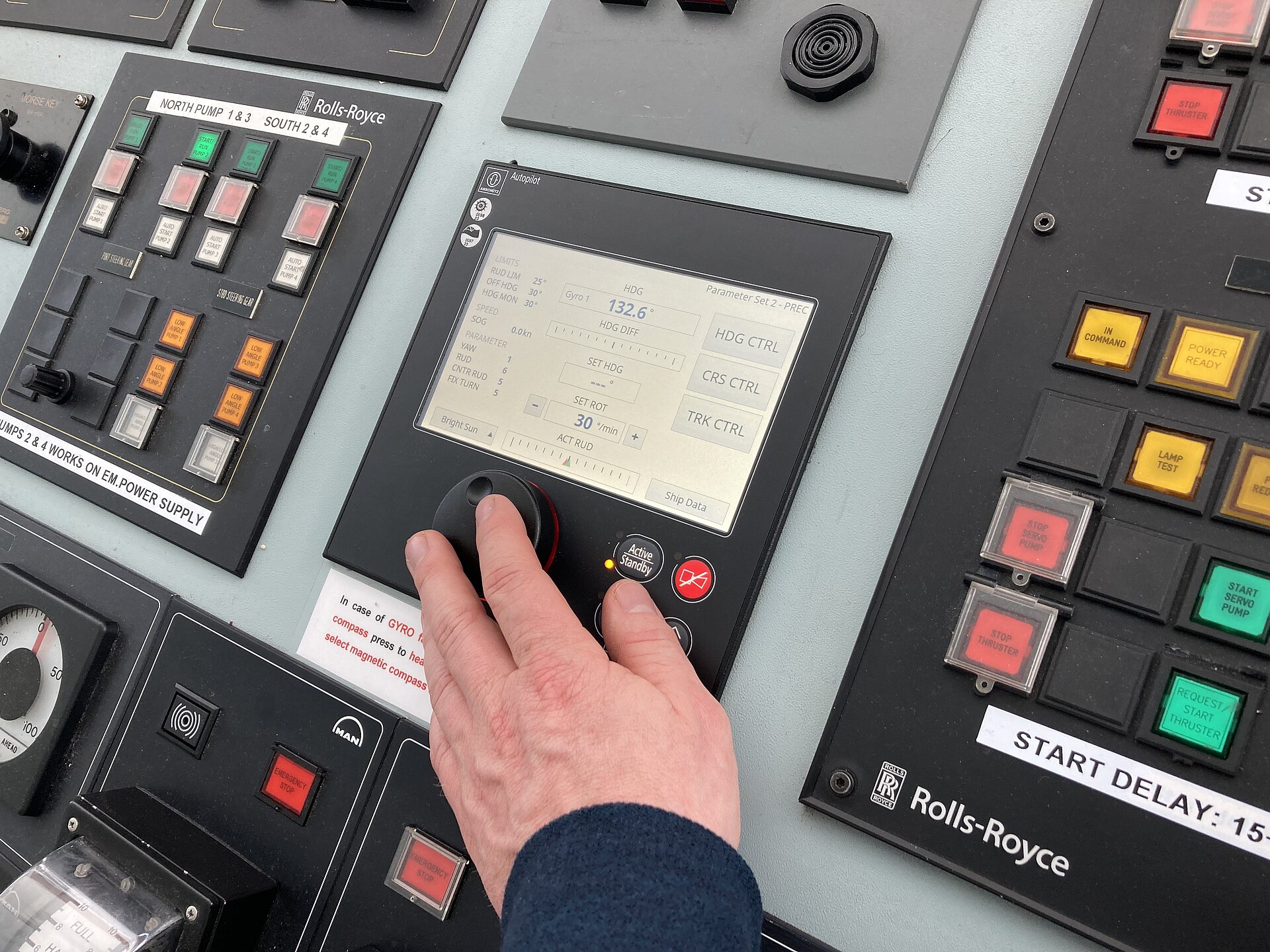
Anschütz delivers first fuel-saving autopilot

The first NautoPilot 5400 NX has now been installed (Source: Anschütz GmbH)
Germany's Anschütz GmbH has supplied and installed the first in a series of autopilot systems, a NautoPilot 5400 NX, on board the Transfennica-owned Corona Sea, a dual-rudder RoRo vessel built in 2008 which operates between Finland and Germany.
The autopilot combines unique algorithms enabling precise steering performance with fuel-saving features, Anschütz said in a statement. It was installed by the company’s distributor and service partner, Syberg AS, as the vessel underwent a recent drydocking in Landskrona, Sweden.
Following the installation, shipboard personnel have noted the accuracy of the autopilot in ship heading and course control, in changing course, and while manoeuvring at low speed. This is an important feature in the ship’s operation which involves navigation in the Baltic Sea with narrow sailing areas, islands and archipelagos.
Master of the 188m-long Corona Sea, Linas Skerys, commented: "The autopilot works very well, and I am more than satisfied. It keeps the heading very precise, and course control is operating perfectly.ˮ
The autopilot’s fuel-saving features include a heading and rudder plot, an economy mode, and a toe angle function. Statistical data from prototype trials indicate fuel savings of between 1 and 4% depending on operational factors such as draught and speed, Anschütz said.
The company’s product manager for Autopilots and Steering Control Systems, Olav Denker, noted: "We know that multiple factors, including ship characteristics, load conditions, and weather, significantly affect fuel consumption. We offer the crew a combination of autopilot settings and modes to determine optimal rudder movements that minimise fuel consumption.ˮ
The Corona Sea is managed by AdMare Ship Management AB. Following an assessment of exact fuel savings on the ship over the coming weeks, other vessels under AdMare’s management may have similar installations to reduce fuel consumption and cut emissions in the months ahead.
